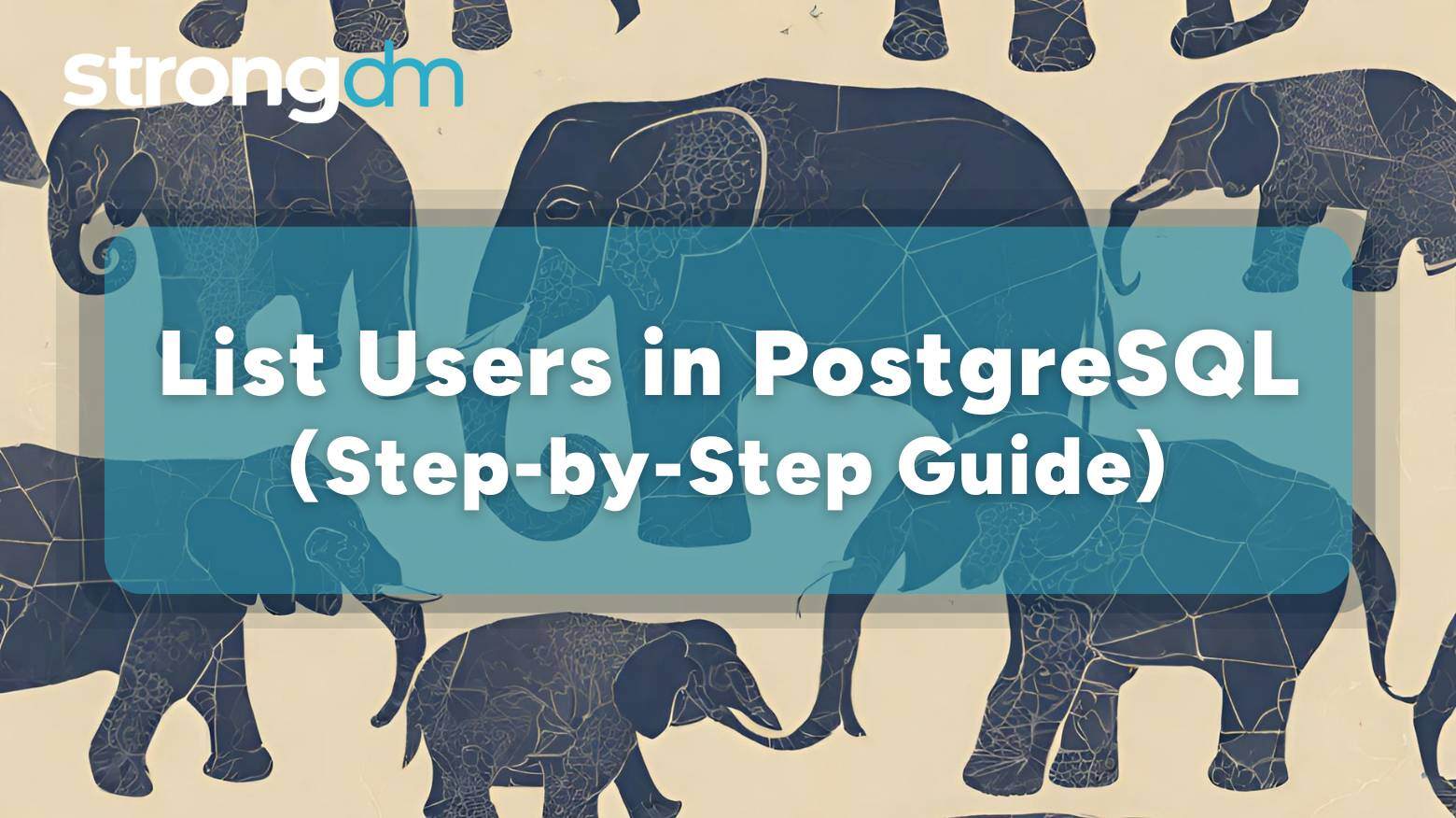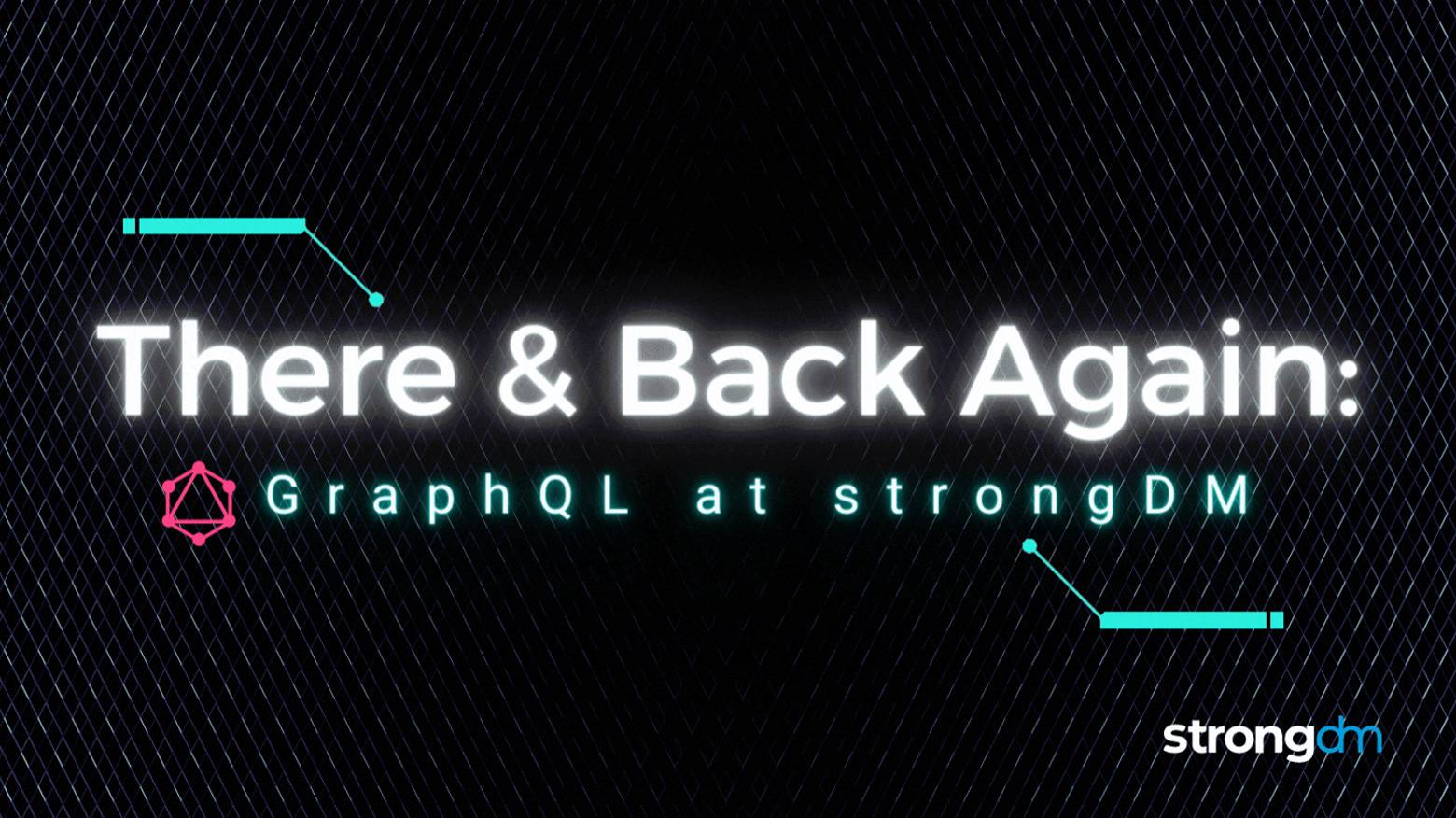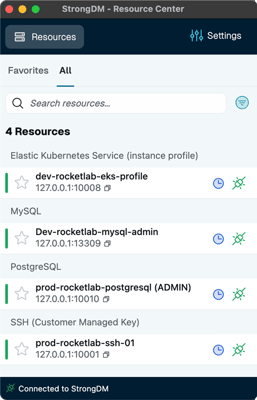Up to 80% of data breaches in the U.S. start with unauthorized access. Without insights into who’s accessing your database, their login privileges, and the duration of each session, it can be difficult to prevent potential security threats. Fortunately, PostgreSQL is a powerful open-source relational database management system you can use to manage access control. Known for its advanced support, complex queries, and rich features, PostgreSQL can list users in your database for security audits,
Posts by Category:
- Security
- Access
- Auditing
- Policy
- Privileged Access Management
- DevOps
- Zero Trust
- SOC 2
- Compliance
- Authentication
- Databases
- Identity and Access Management
- Compare
- Team
- Product
- Integrations
- AWS
- Kubernetes
- Podcasts
- Productivity
- Engineering
- SSH
- HIPAA
- ISO 27001
- Dynamic Access Management
- Observability
- Role-Based Access Control
- Secure Access Service Edge
- Webinars
- Events
- NIST
- Onboarding
- Passwordless
- Offsites
- Platform
- PCI
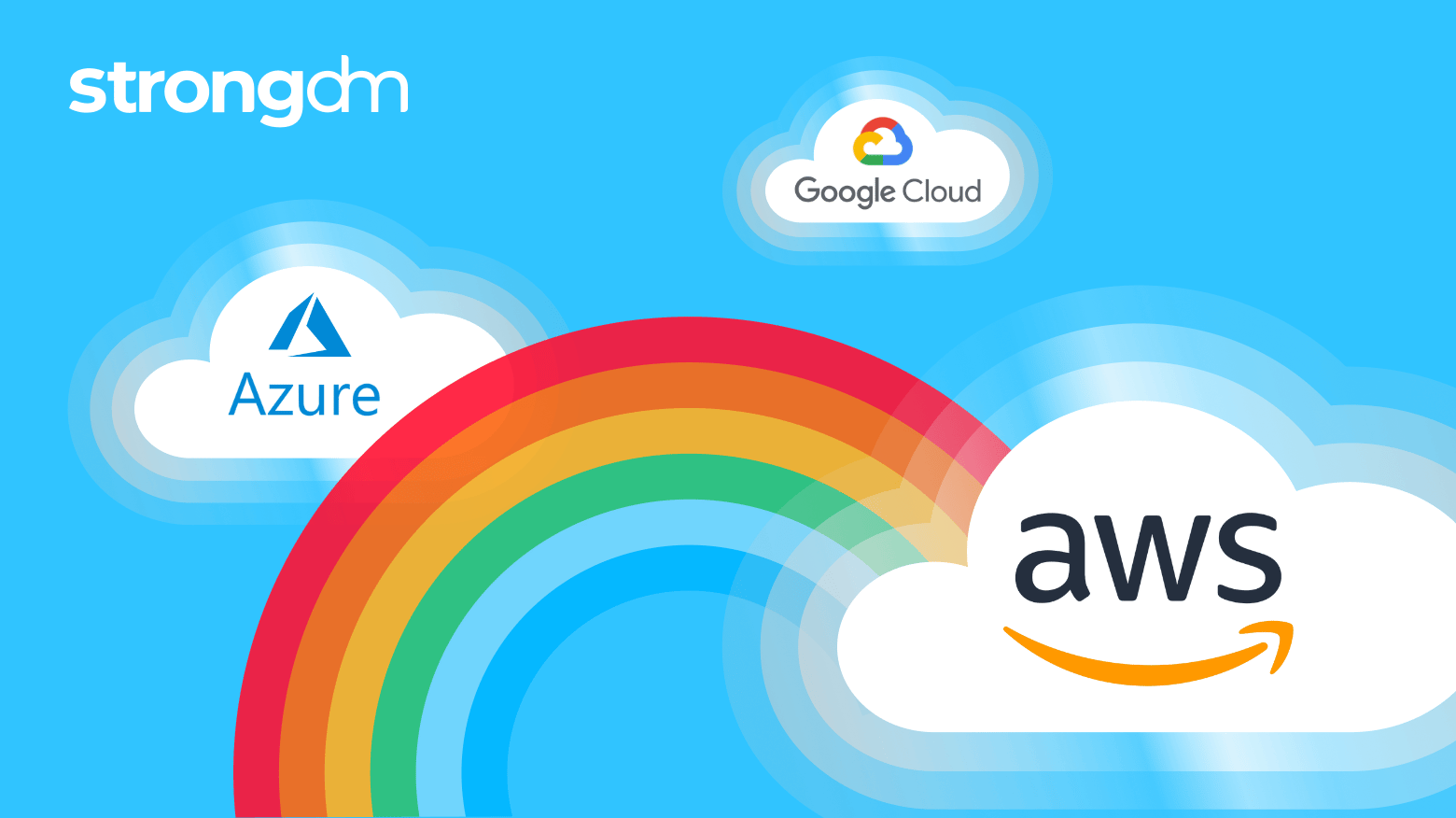
This guide breaks down the top cloud database solutions reshaping how organizations store, manage, and scale data. From relational databases to NoSQL options, we’ll cover what matters most when choosing the right solution for your needs. By the end, you’ll understand how modern cloud databases drive scalability and performance—and which one is the best fit for your organization.
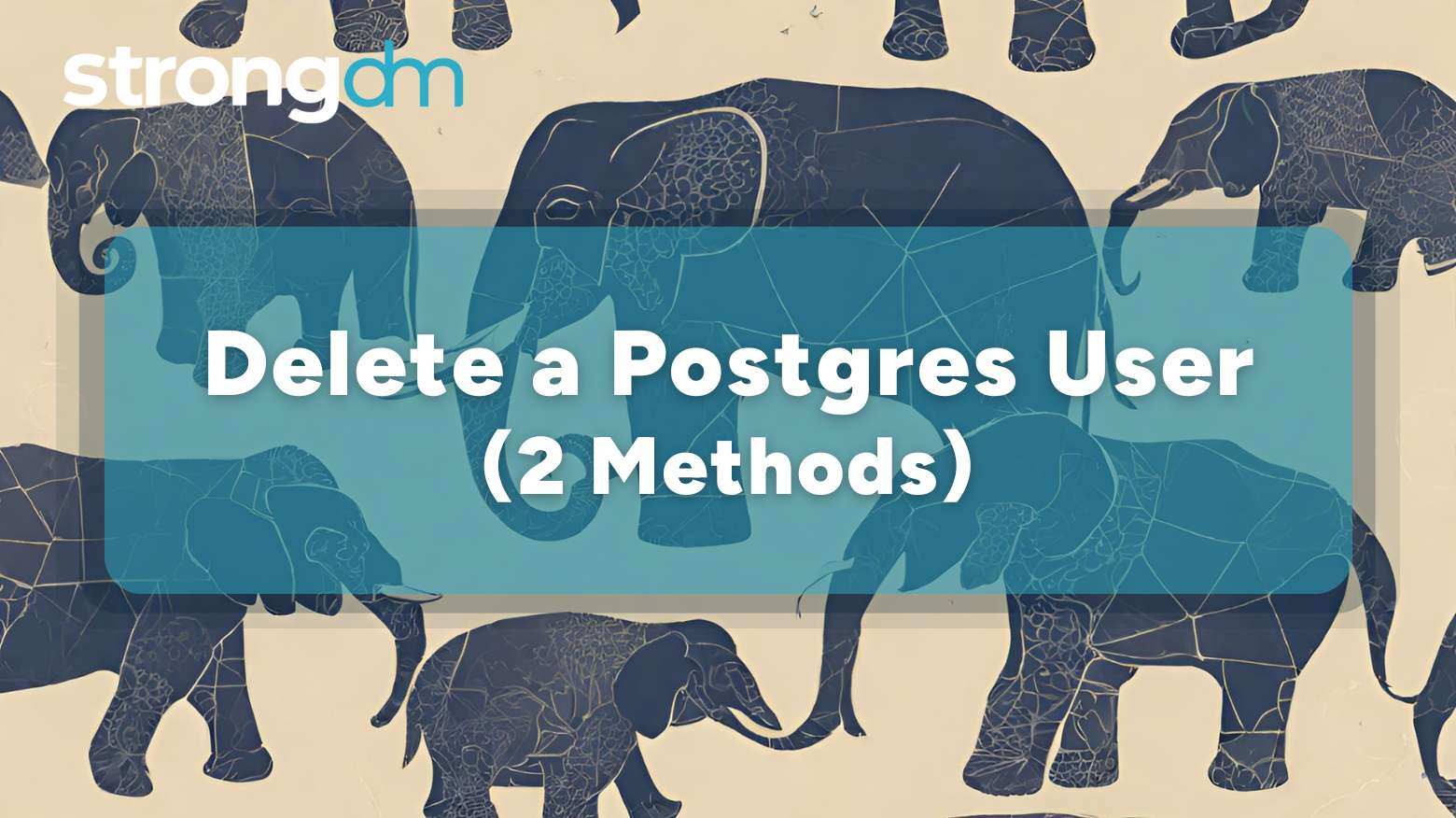
When working with or administering a database, you'll need to delete, remove, or drop users at some point. This might seem like a routine task, but dropping unnecessary or old users is crucial for maintaining database security. This helps remove access points for malicious actors — both in-house and external — so only authorized individuals can perform operations on it.
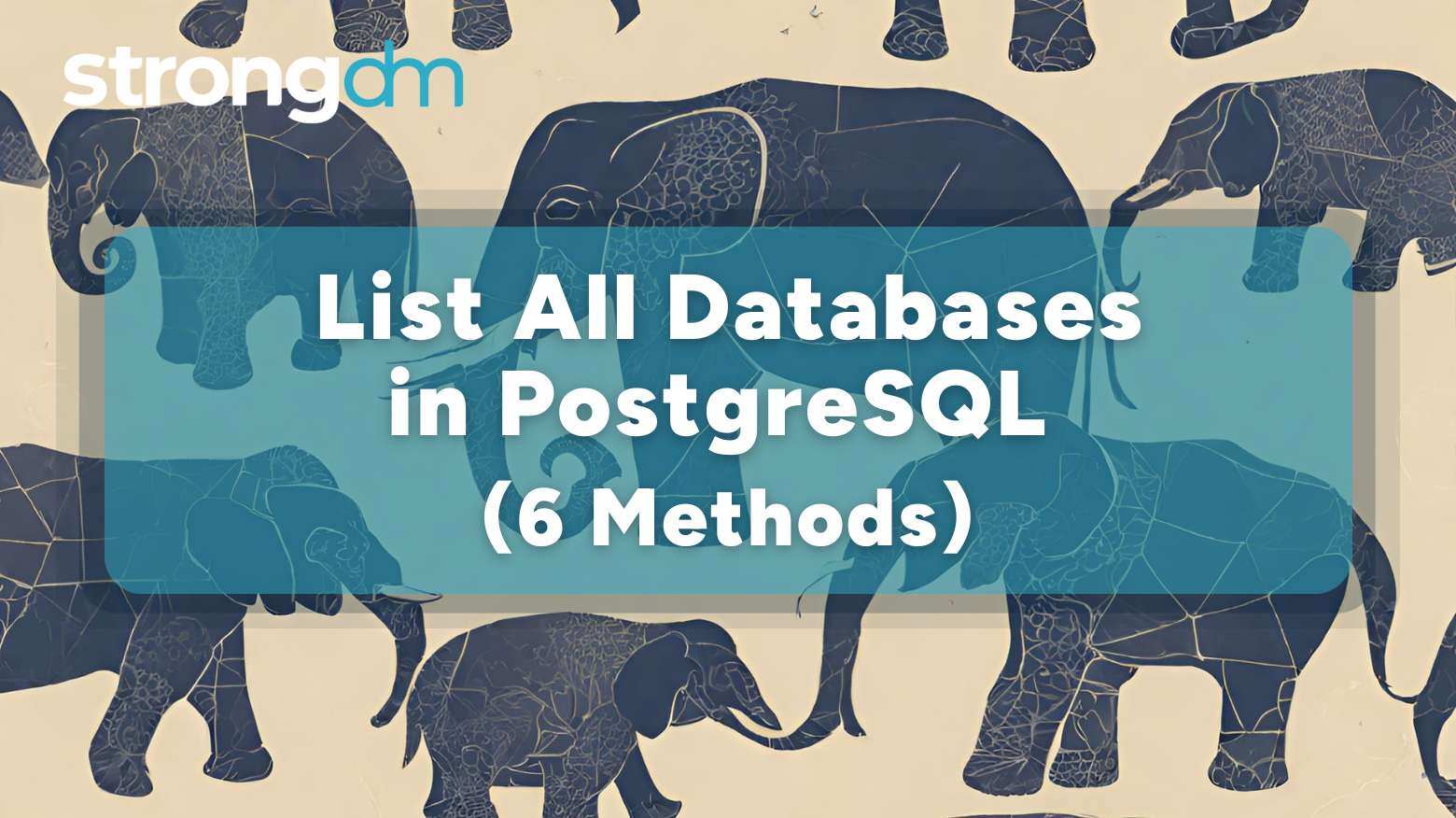
Having a complete view of all your databases in PostgreSQL is essential for effective database management. This guide explores six proven methods you can use to quickly list all of your databases.
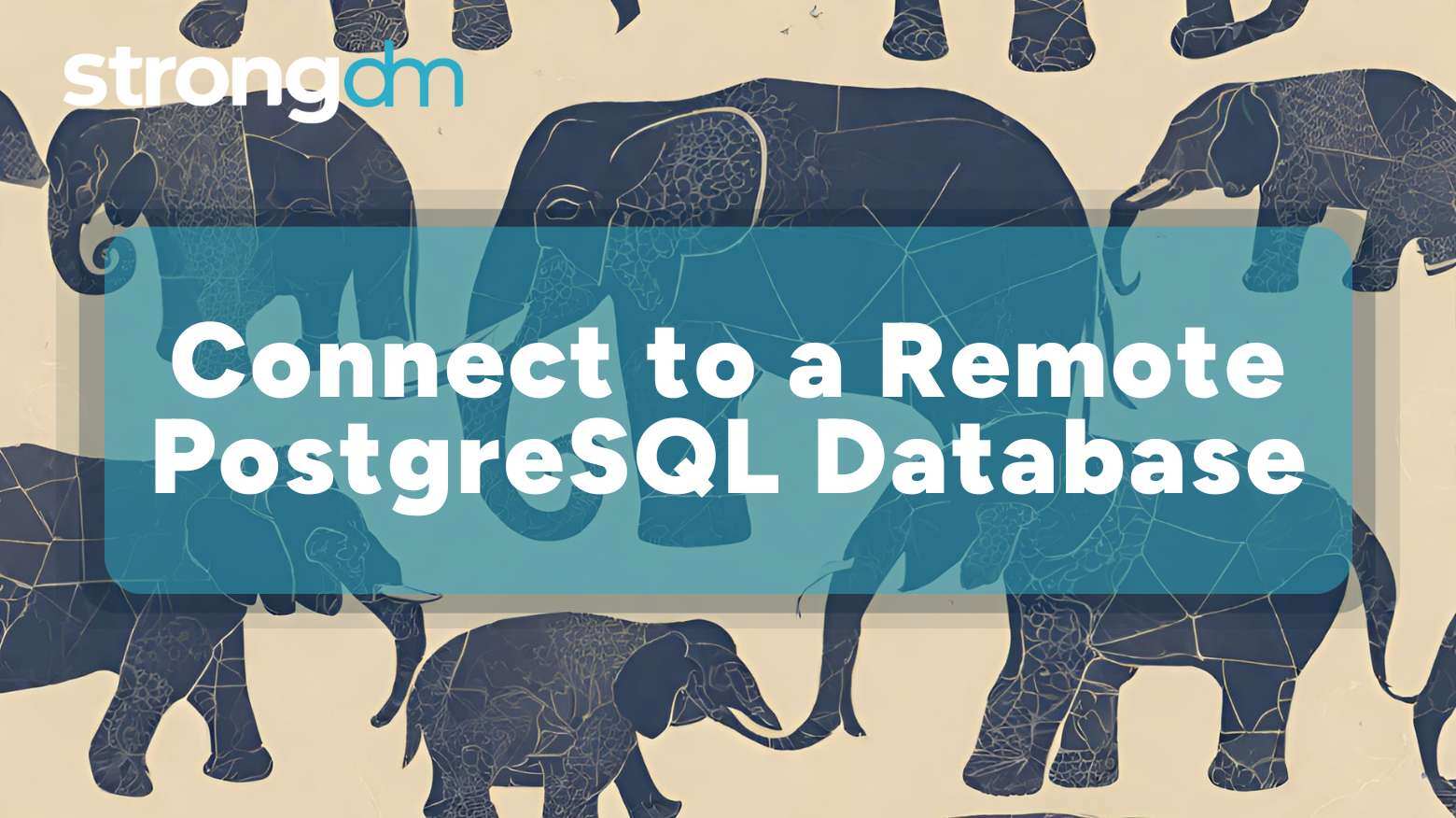
Connecting to a remote PostgreSQL database can prove daunting for some teams. Your organization risks losing valuable time, which then leads to lost productivity. Thankfully, there are four different ways to connect to a remote PostgreSQL database and improve your team's efficiency.
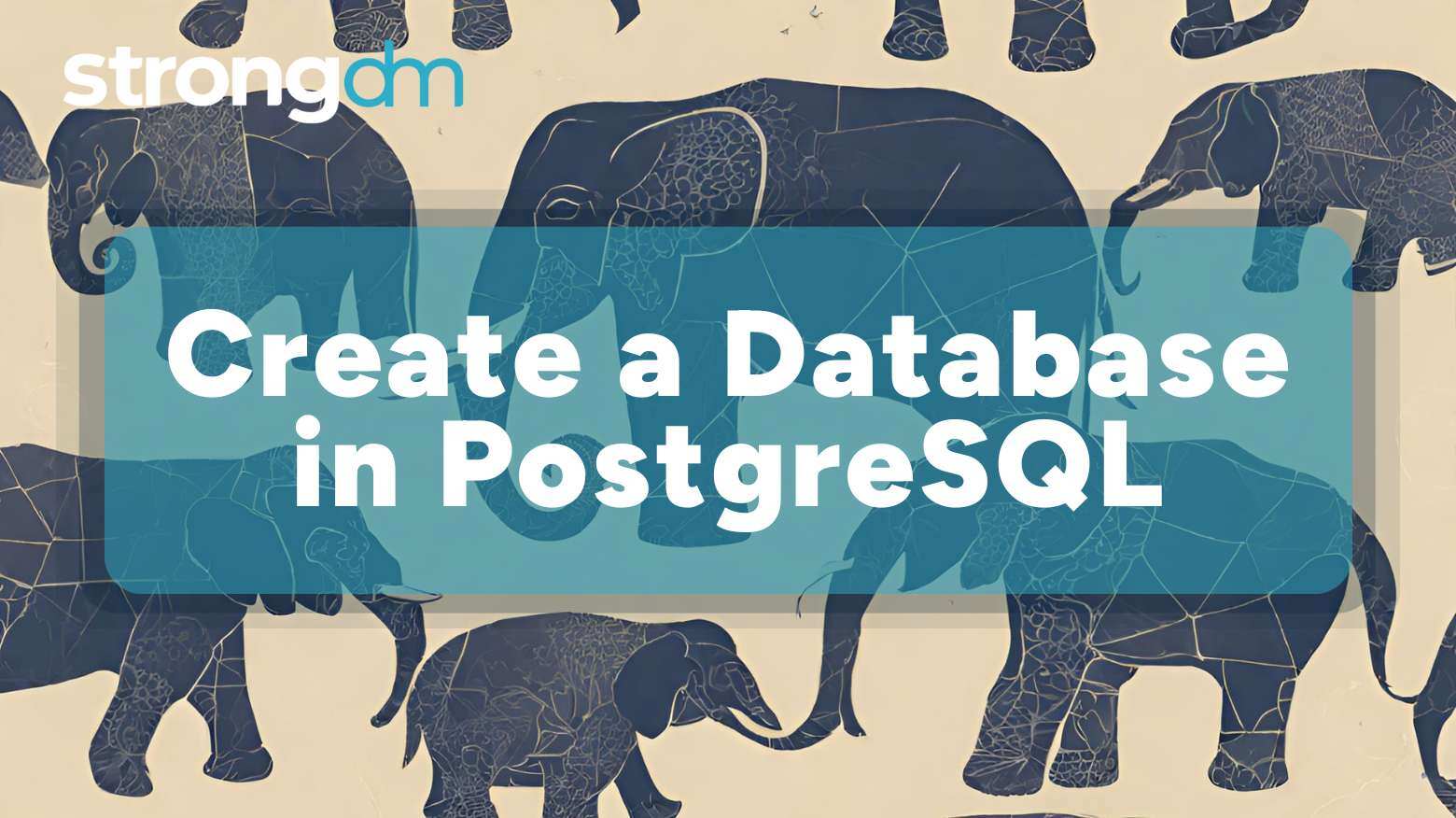
Learn the step-by-step approach to creating a database in PostgreSQL. Our in-depth guide explores two main methods—using psql and pgAdmin.
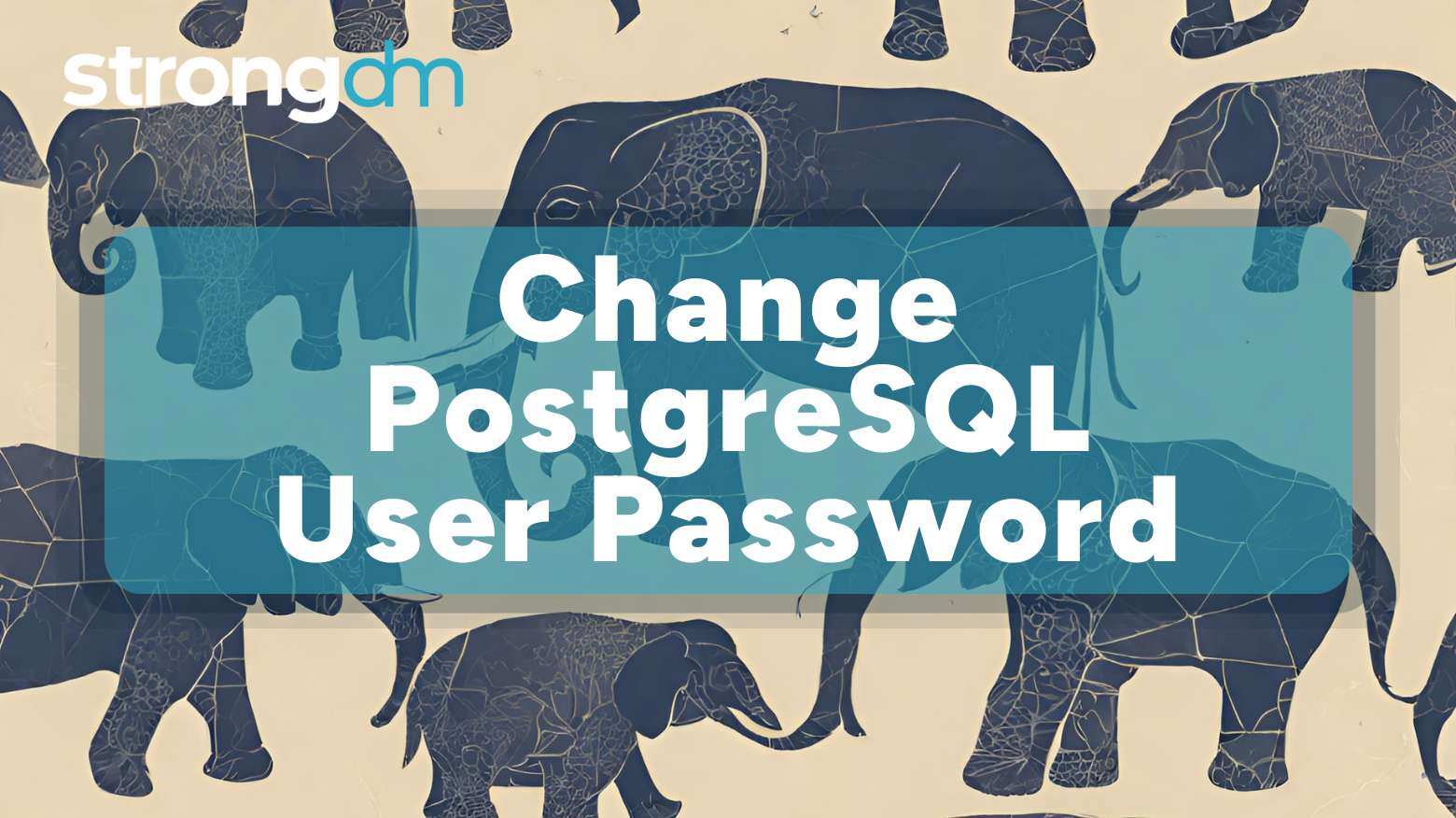
Data breaches have cost companies across industries an average of $4.88 million this year. Luckily, effectively preventing them comes down to simply managing user credentials effectively. In fact, regularly updating user passwords can notably reduce the risk of unauthorized access and data theft. Ready to level up your cybersecurity game? Here’s a step-by-step guide on how to change a PostgreSQL user password, why it’s important, and the best practices for securing your database. Read on!
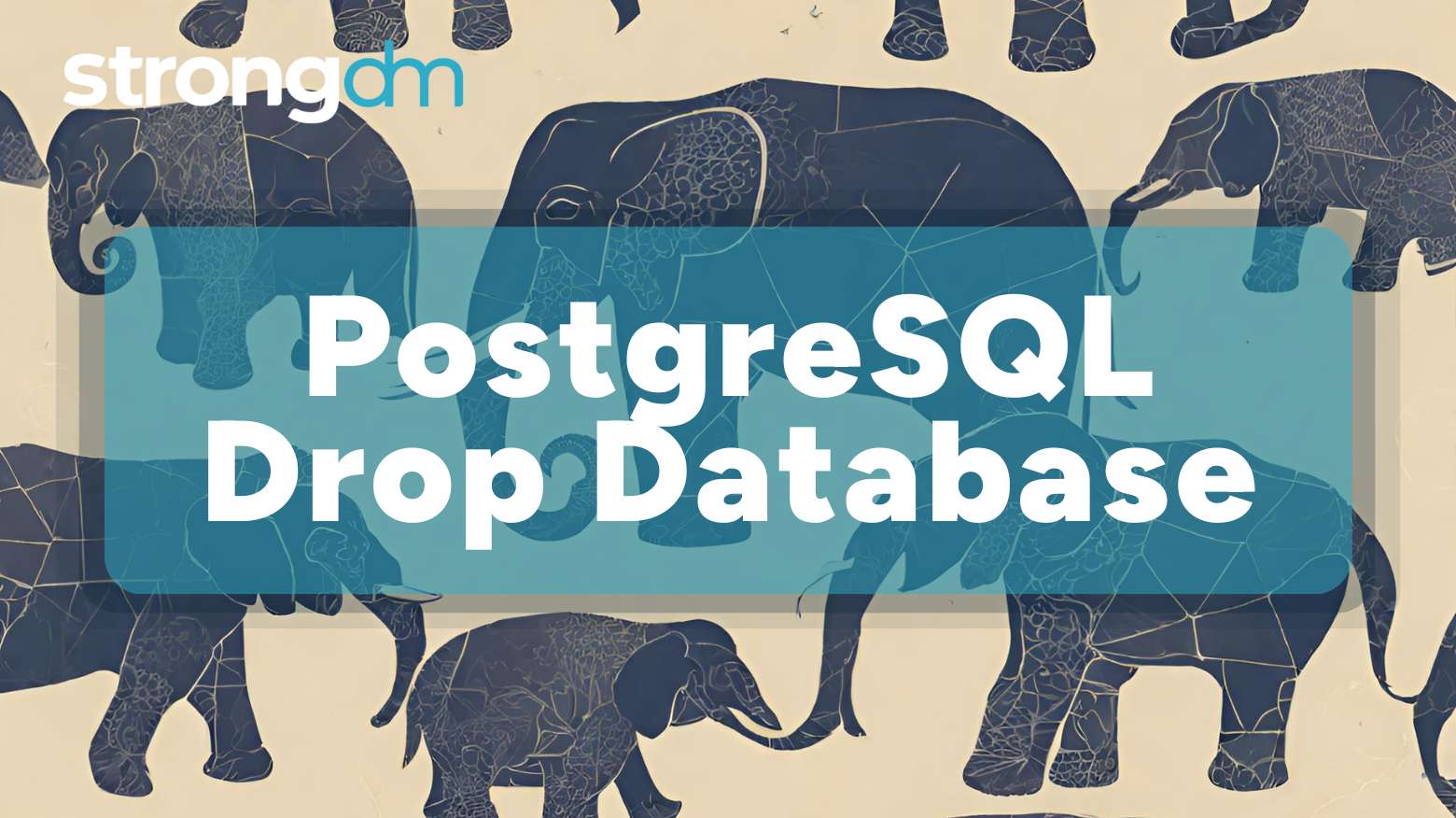
The DROP DATABASE command in PostgreSQL is a powerful command that is used to delete a database along with all its associated objects, such as tables, views, indexes, and other database-specific elements. It is often a good practice to clean up your workspace by removing unused databases. However, keep in mind that deleting an existing PostgreSQL database deletes all objects and data within that database. This command should be used with caution as it irreversibly removes the specified database

Creating Postgres users isn't just a routine step in the complicated world of database management; it's a critical strategy that has a significant impact on how PostgreSQL databases operate and remain secure. An increasing number of organizations depend on sophisticated data systems, so it's critical to recognize the value of Postgres users. This blog post walks you through the steps of creating a Postgres user, as well as, explores the significance of these users in database administration,
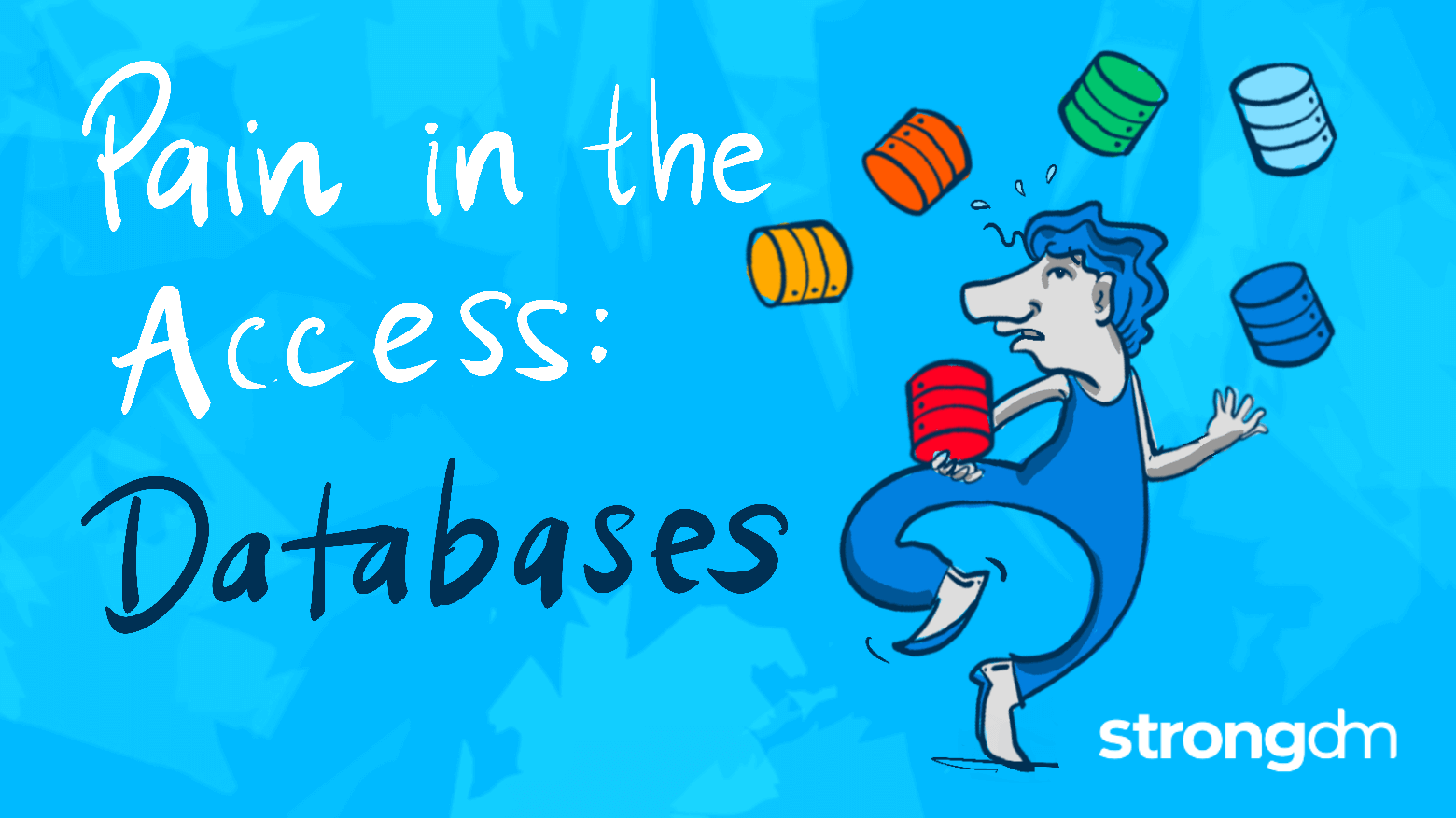
The number and complexity of databases that every organization must manage has skyrocketed. If you need access - or need to provide it - it can sure be a pain in the access to manage.
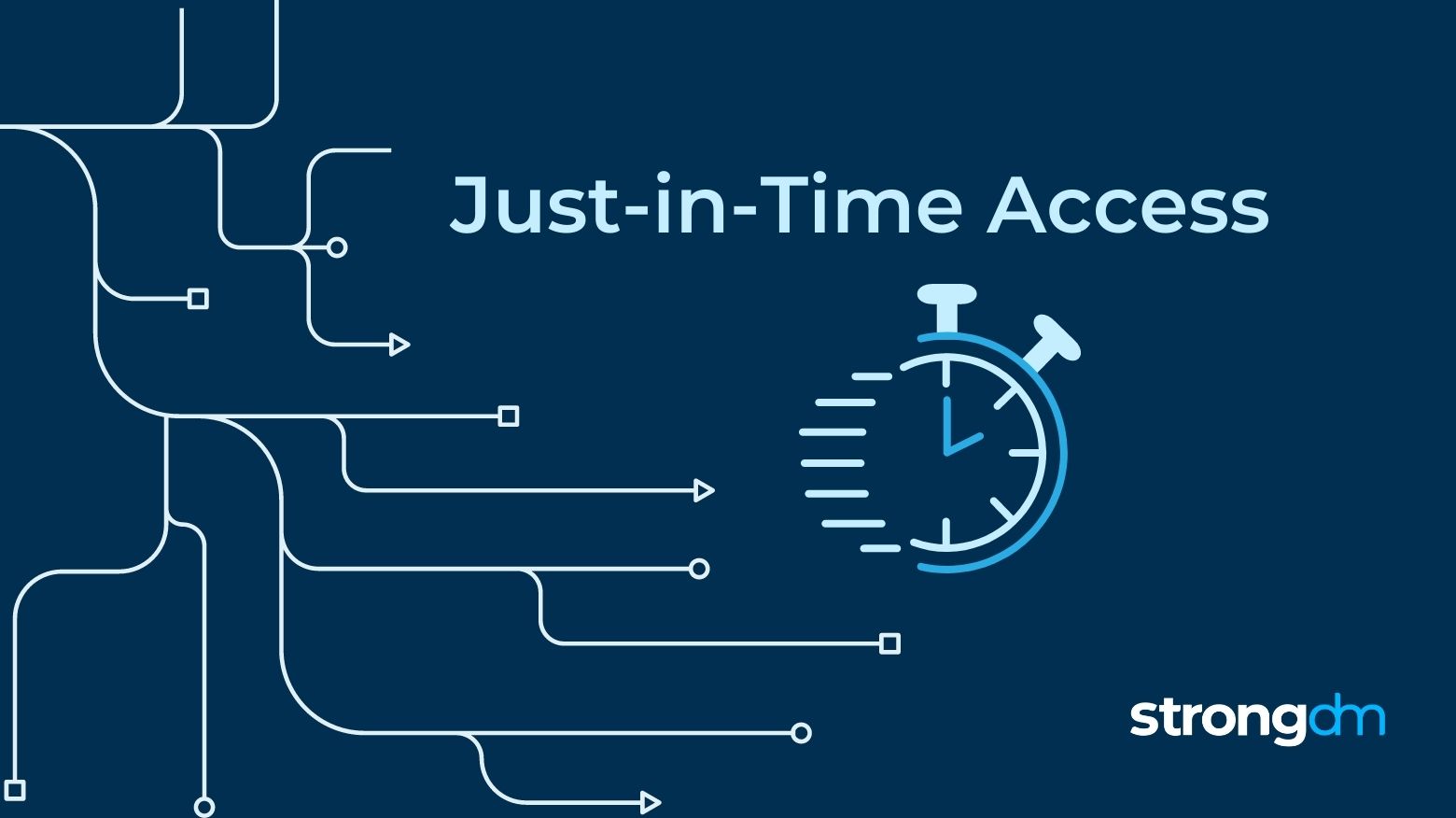
Today, we’ll take a look at what just-in-time access (JIT) means and what types there are. You’ll also learn about what a JIT access solution can do for your organization. By the end of this article, you’ll understand how just-in-time access works, the best practices to ensure secured implementation, and how strongDM comes to the rescue.
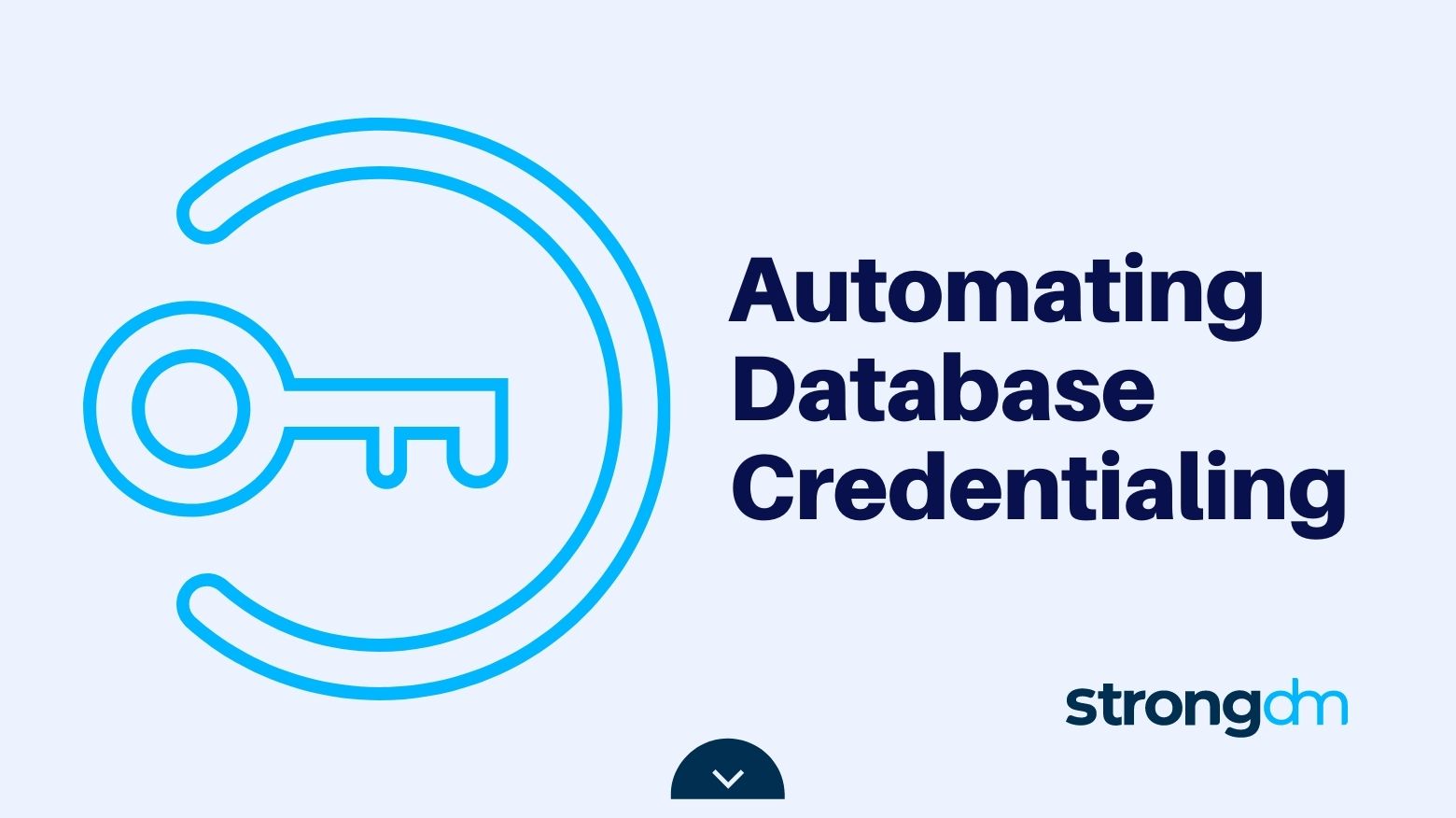
Database sprawl is a lot like expanding into the suburbs: your house may be empty at first, but before you know it, you’re having to stuff things into your attic.
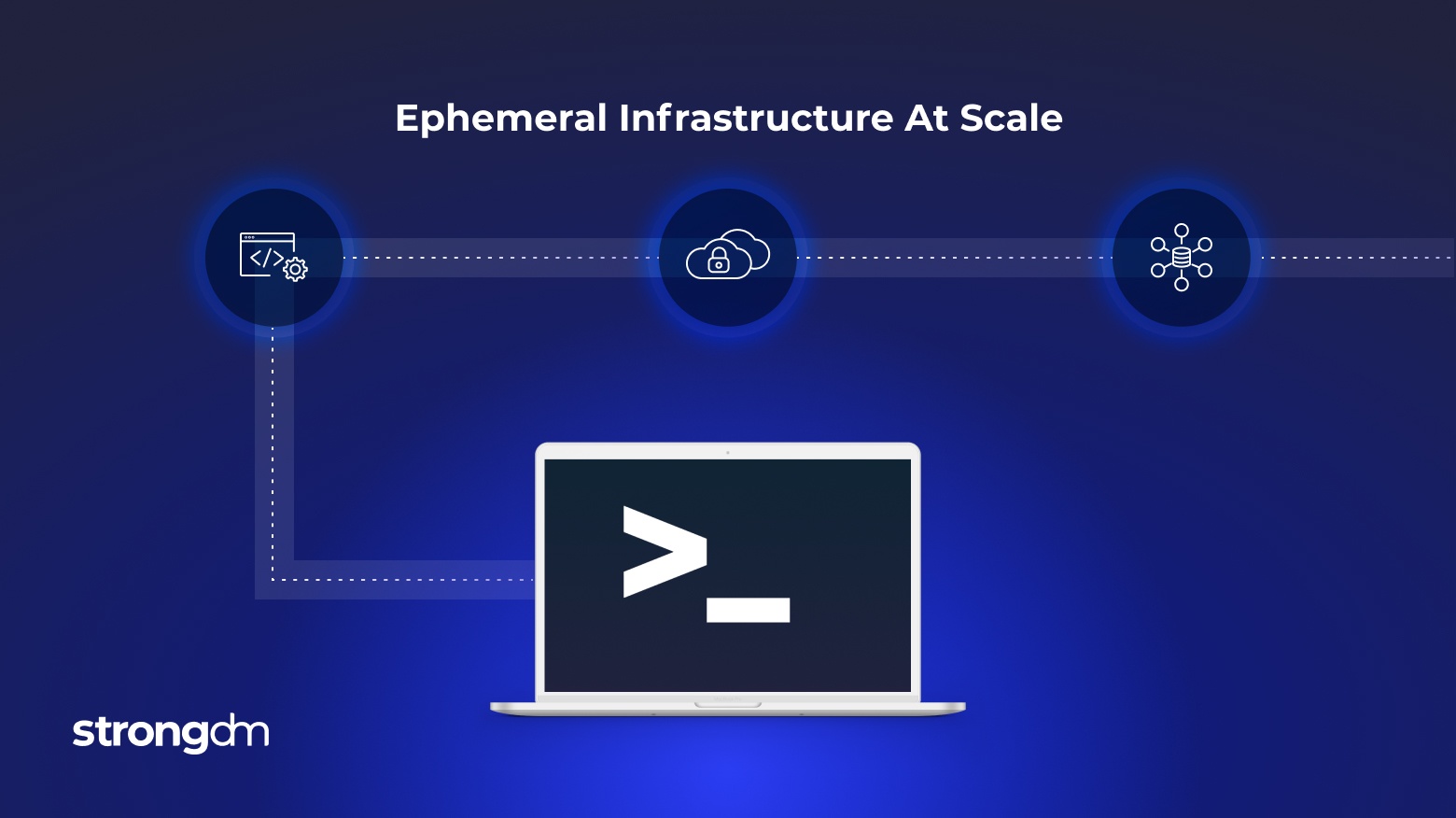
Managing a static fleet of strongDM servers is dead simple. You create the server in the strongDM console, place the public key file on the box, and it’s done! This scales really well for small deployments, but as your fleet grows, the burden of manual tasks grows with it.
